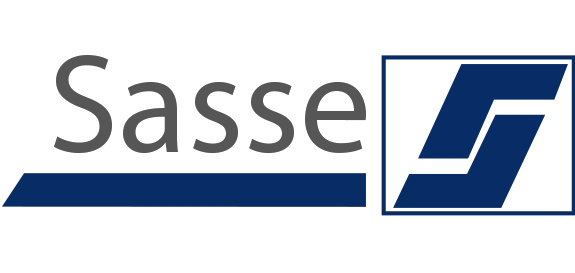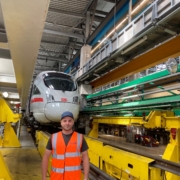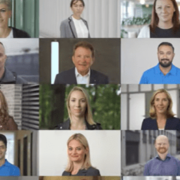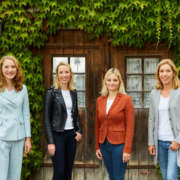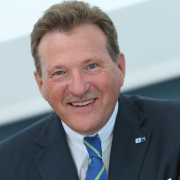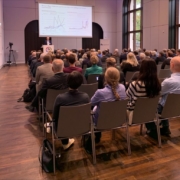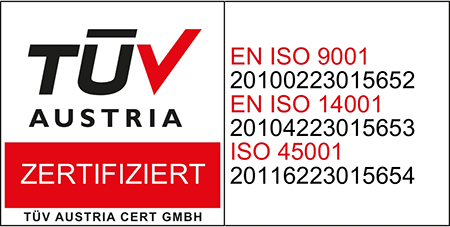From a vision to a company, part 4
Grow, shape, change of our own accord
You find it in every management textbook and also in practice it is highly regarded as a useful tool: the “learning company”. I realised at an early stage that this is the indispensable prerequisite for a company to thrive. That an idea works once, only to fail again later? Normal. That an idea seems doomed to fail, but later develops incredible power? That’s normal. That sometimes there is no idea when you need one? Normal. That you have to decide between several ideas because they contradict each other or tie up too much energy if they are all to be implemented at the same time? Normal.
Let’s have a look at infrastructure FM, which I started with. We grew in staff, in experience and in ideas. Soon it made sense to use the knowledge we had gained in cleaning properties and objects elsewhere – to make it work for us. The business field already existed in the USA and was just starting in Germany: technical FM. But were we really good enough already? Should we just offer it “on top” and implement it? The supposedly simple, direct approach seemed suspicious to me. Why did I find so few providers on the market who combined both under one roof and were not among the big players? We decided in favour of a clean approach and founded our own company for TFM. It should be able to develop under its own steam and with its own dynamics.
Technical FM as new business field
Which is why Sasse then hired the first engineer in its history. It became apparent from the very beginning that such talent needs its own biotope in order to flourish. Much of what we already knew was useful and valuable to him. But it was only from his perspective that this knowledge could develop the power to become a business.
The second realisation is well known to stock market players and investors: “There is no free lunch.” Especially if you are one of the smaller fish in the pond. Whereby I did not want to apply it to opportunity costs, but to the environment in which our young company operated. The FM industry was not perceived by the public or – worse! – by the clients. Our services were practical, but arbitrary. Besides some industry giants, the majority of small and medium-sized companies were in the deepest shadow – including us. As a result, our business skills were often dependent on coincidences and we could hardly refer to standards.
FM needs a public voice
And so, in 1989, the hour of the GEFMA, the German Facility Management Association, struck in Stuttgart – not least through my modest contribution. I was not only aware of the “free lunch dilemma”, but also of the opportunities that would arise for Sasse if our industry had a unified, strong and convincing voice in business life. The motivation to invest time and know-how here on a voluntary basis was therefore not entirely altruistic, but it was obvious: who, if not the insiders who were very familiar with all aspects, were in a position to provide a remedy? The principles of the first hour in every assignment – look, think, do – proved to be consistent and correct for me in this task as well. The fact that the association today has more than 1,000 members and has helped FM to achieve systemic relevance “to render possbile” makes me all the more happy.
Further episodes
Part 1: In the beginning, there was a wish
Part 2: What counts, is the team
Part 3: First steps across the border
